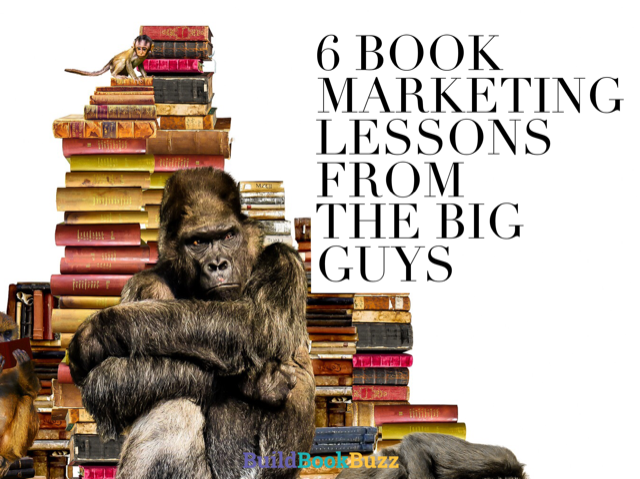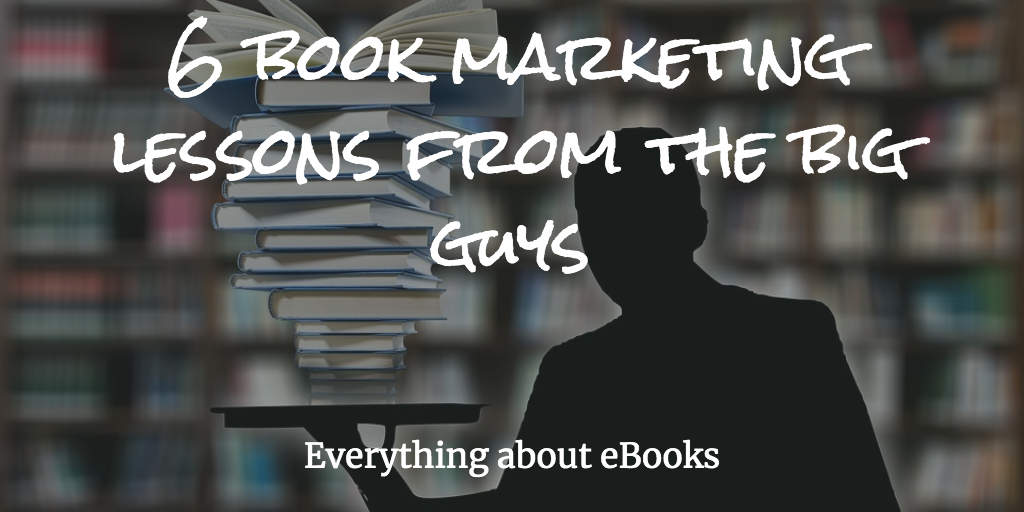
The Goodreads blog recently published a detailed case study about how Celeste Ng’s second book became a best-seller. “Case Study: How Penguin Press Made ‘Little Fires Everywhere’ a Roaring Success” outlines the publisher’s marketing support, which includes Goodreads activity.
It would be easy to dismiss this article as irrelevant to you and me and most other authors. The vast majority of novelists – regardless of the publishing model used – simply aren’t enjoying Ng’s success.
Your books aren’t New York Times best-sellers and don’t achieve more than than 16,000 reviews on Goodreads. You don’t ink TV series deals with Reese Witherspoon, either.
I don’t think it’s irrelevant, though. In fact, I think you can learn a lot from this case study.
Even after you take into account that you don’t have her fame and success (yet) and how much Ng’s reputation played into her second book’s success, there’s still lots to learn from this case study.
Here are six book marketing lessons for novelists from the Goodreads article.
1. Write a damn good book.
You can’t be certain you’ve written a great story unless strangers tell you that.
So do your best, pay a professional editor to improve it, and get feedback from people who won’t be concerned about hurting your feelings.
This is important because so much success in fiction is driven by good word of mouth. People don’t recommend bad books with their friends.
As the Goodreads case study concludes, “Ultimately, though, all the great book marketing tools in the world would not have worked without an amazing story.”
2. Start early.
The Penguin team started marketing Little Fires Everywhere nine months before its publication date.
While you might not use the same strategy and tactics that Ng’s publisher did nine months out, your book would benefit from efforts that begin long before your publication date, too.
3. Work to build a fan base, then nurture and leverage it.
This is your platform – your built-in audience that’s waiting for your book to come out. You don’t build a platform overnight. It takes time.
If your audience is young and female, figure out Instagram and Goodreads, because that’s where they’re talking all things books.
Follow the followers of the top authors in your genre. Then give those readers value. Maybe you involve them in your process so they feel invested in your work. Ask their opinions on storylines, character names, or titles. Comment on what they’re doing.
The point is: Find the right readers and talk to them.
4. Distribute as many advance review copies – ARCs – as possible.
The case study doesn’t say how many ARCs Penguin gave away through NetGalley and Edelweiss, but there were 23 reviews up on Goodreads by the end of May (for a September publication date).
Many authors remain reluctant to give away review copies. They think it diminishes their book’s value or they’re worried about piracy.
Just do it.
If you’ve written a good book and you’re getting it into the right hands, ARCs will help boost the number of reviews, especially on Goodreads.
As for piracy, NetGalley has a mechanism that protects against that.
5. Identify and connect with key influencers.
In Ng’s case, several top Goodreads reviewers got early copies and reviewed the book. Who influences your readers? Find them on Goodreads, or find Goodreads reviewers who have reviewed books like yours.
Look for them on Facebook, Instagram, Pinterest, and Twitter, too. Develop and nurture relationships with them.
6. Let reader feedback guide your marketing messages.
Penguin’s team used early reader reviews to shape marketing messages. You can do that, too.
Even less-than-favorable reader reviews can give you the information you can use to change your book’s description so that people don’t expect X and get Y.
Study reviews to identify words used to describe the book. And, if your writing is compared to author X’s books more than once, work that comparison into your book’s description and keywords.
Find a popular book that’s similar to yours and study what the author and publisher have done to market it. You might be surprised by what you uncover — and how you can use that new knowledge.
What’s the one marketing tactic you know works for your book? Please share it in a comment.
Click here to view the original web page at buildbookbuzz.com

